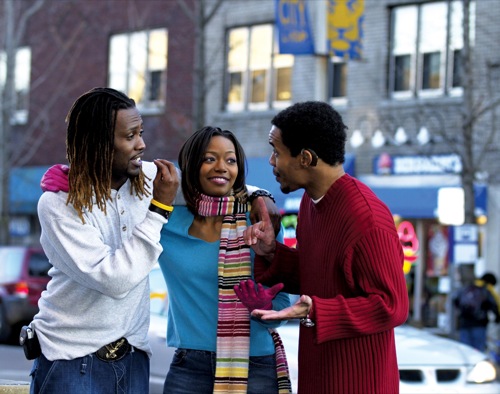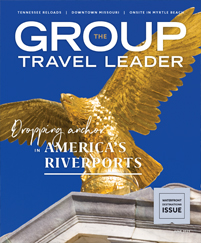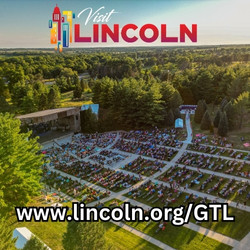
Courtesy St. Louis CVC
You don’t have to leave the country to experience a truly unique neighborhood.
The Midwest is home to some of the most vibrant and interesting neighborhoods in the United States. Whether a renovated downtown area, a walkable entertainment district or a historic residential area, those neighborhoods show the important historical and cultural contributions each of the areas has made to our national fabric.
The Delmar Loop
St. Louis
St. Louis has a long history of culture, and nowhere is it better encapsulated than in the Delmar Loop. Once the site of a streetcar turnaround a century ago, the Loop now packs some of the best of the city’s culture into six blocks of retail, restaurants, music, cafes and entertainment.
A central fixture of the neighborhood is Blueberry Hill, which marks its 40th anniversary this year and features touring and local acts such as Chuck Berry. The restored Tivoli Movie theater, a historic cinema house that features independent films, is another popular attraction. St. Louis has long been an important hub of African-American heritage, and at the Vaughn Cultural Center, groups can see art exhibits from African-American artists or attend free jazz and gospel concerts.
The St. Louis Walk of Fame honors more than 100 St. Louisans such as Maya Angelou, Josephine Baker, Scott Joplin and Chuck Berry with brass stars and commemorative plaques in the sidewalk.
Wholesale District
Indianapolis
Once one of the most blighted areas of Indianapolis, the Wholesale District has seen a drastic transformation since the mid-1990s; investments of more than $686 million have turned the neighborhood into the focal point of the city.
“The Wholesale District serves as the vibrant heart of downtown Indianapolis, where endless entertainment options are within walking distance of hotels,” said Lisa Wallace, communications manager at Visit Indy. “Signature restaurants, a four-story mall, top-ranked sports venues and world-class performing arts are all just steps away.”
Climbing the steps or riding the elevator to the top of the Soldiers and Sailors Monument provides an amazing bird’s-eye view of the city. Dedicated in 1902, the monument commemorates soldiers who died in the wars before World War I.
Arts enthusiasts can visit the historic Hilbert Circle Theatre to hear the Indianapolis Symphony Orchestra or to see live theater and musicals performed by the Indiana Repertory Theatre. In Monument Circle, the Cabaret at the Columbia Club fashions itself after a classic New York-style club, with intimate seating and touring cabaret performers.
Sports fans can catch a game at Lucas Oil Stadium, home of the NFL Colts, or Bankers Life Fieldhouse, where the NBA Pacers take the court. Foodies can test their tolerance for spice at St. Elmo Steak House, where the Travel Channel named the steakhouse’s famous shrimp cocktail the world’s spiciest dish.
www.visitindy.com
Hyde Park
Chicago
Known as the site of the 1892 Columbian World’s Fair Exhibition, so named because it marked the 400th anniversary of Christopher Columbus’ arrival in the New World, Hyde Park is the home of one of the most prestigious universities in the country: the University of Chicago. Founded in 1890 by John D. Rockefeller, its sprawling campus of beautiful Gothic buildings is a great start to a neighborhood tour.
President Barack Obama taught a law course there before he became president. The president’s home borders Hyde Park and has been drawing people to the neighborhood since he was elected in 2008.
“Situated next to Jackson Park, Hyde Park and the University campus are filled with several museums and also one of Frank Lloyd Wright’s masterpieces, the Robie House,” said Patricia Sullivan, manager of Chicago Neighborhood Tours. “Other must-see stops include Rockefeller Chapel, the new Logan Center for the Arts and the Oriental Institute Museum, containing Persian and Egyptian artifacts.”
www.explorechicago.org











